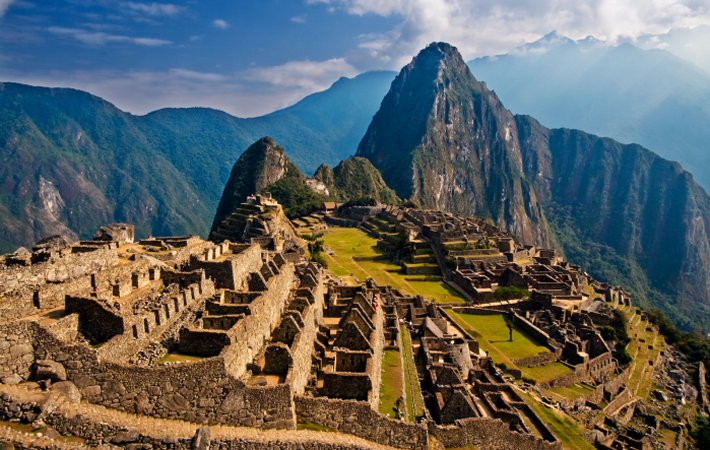Jan Bartek – AncientPages.com – The magnificent Inca citadel Machu Picchu in Peru is admired by people for its beauty and it is a remarkable ancient place worthy of our admiration.
Embedded within a dramatic landscape at the meeting point between the Peruvian Andes and the Amazon Basin, the ruins of Machu Picchu continue to reveal the mysteries of the Inca Empire.
We still do not know how and why the Inca constructed this stunning 15th-century citadel located about 50 miles from Cuzco.

Machu Picchu. Credit: Pedro Szekely – Flickr
Earlier research revealed the Incas intentionally built Machu Picchu, as well as some of their cities in locations where tectonic faults meet. When scientists mapped the ancient site, they discovered that the sanctuary’s urban sectors and the surrounding agricultural fields, as well as individual buildings and stairs, are all oriented along with the trends of these major faults.
“The layout clearly reflects the fracture matrix underlying the site. Other ancient Incan cities, including Ollantaytambo, Pisac, and Cusco, are also located at the intersection of faults. Each is precisely the expression of the main directions of the site’s geological faults,” Rualdo Menegat, a geologist at Brazil’s Federal University of Rio Grande do Sul said.”
A Polish scientist has now put forward an interesting theory suggesting Machu Picchu was constructed by the Inca using the royal unit measurement.
“Researcher, Anna Kubicka Ph.D. from the Faculty of Architecture at Wroclaw Technology University determined that the Incas used two modules (or quanta) to measure their buildings in Machu Picchu. The basic one was 42 cm long and corresponded to the forearm length of the 1.6 meters tall average Inca inhabitant. The second one, newly discovered by Dr. Kubicka measures 54 cm long,” the Polish Television reports.
This theory is based on metrological analyses using measurements made in 2010-2017 during field research in Machu Picchu.
As the Polish television reports, “Kubicka calls it the “royal unit” because it was ᴀssociated with complexes of representative and residential buildings belonging to the Inca elite. The basic one – with complexes of farm and workshop buildings.
Kubicka believes that this is evidence that the measurement of the Machu Picchu city plan was overseen by imperial engineers. Research is yet to be done on whether the system was also used in other places in Inca Peru.
Dr. Kubicka explains that so far research on the Inca measure system was based mainly on the 16th and 17th-century chronicles kept by the Spaniards who colonized those areas, and on their dictionaries of the Quechua language, which was used by the Incas.
These sources contain information on anthropometric measures, for example, the length of the forearm.“
Written by Jan Bartek – AncientPages.com Staff Writer





